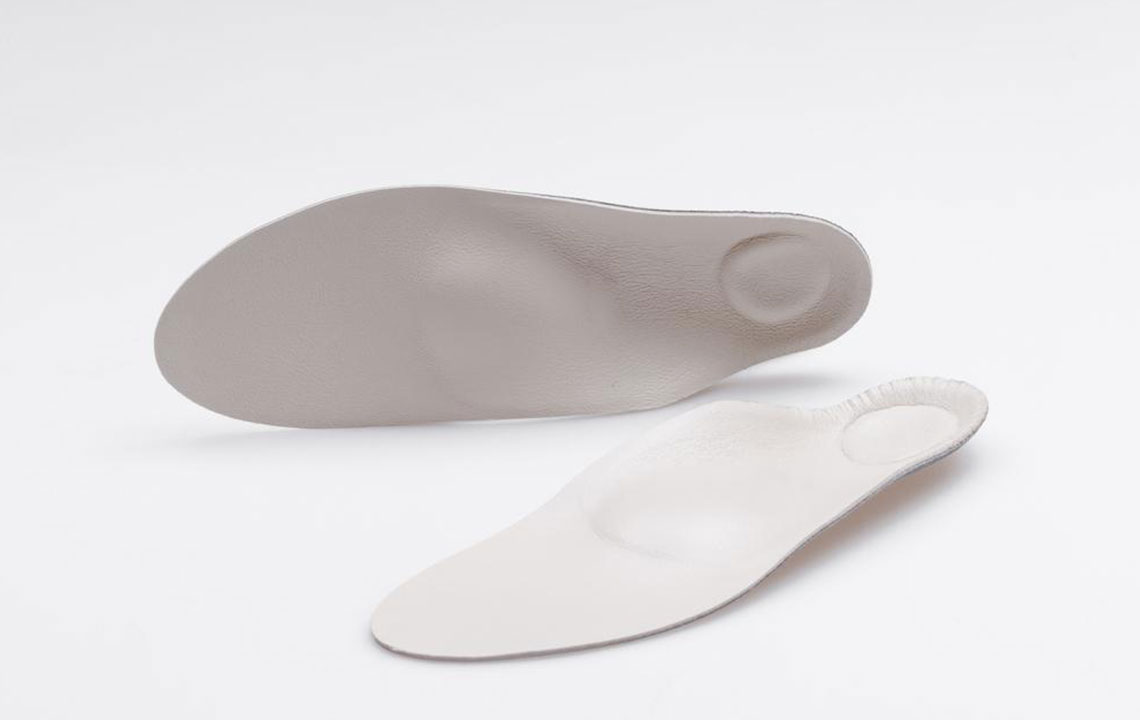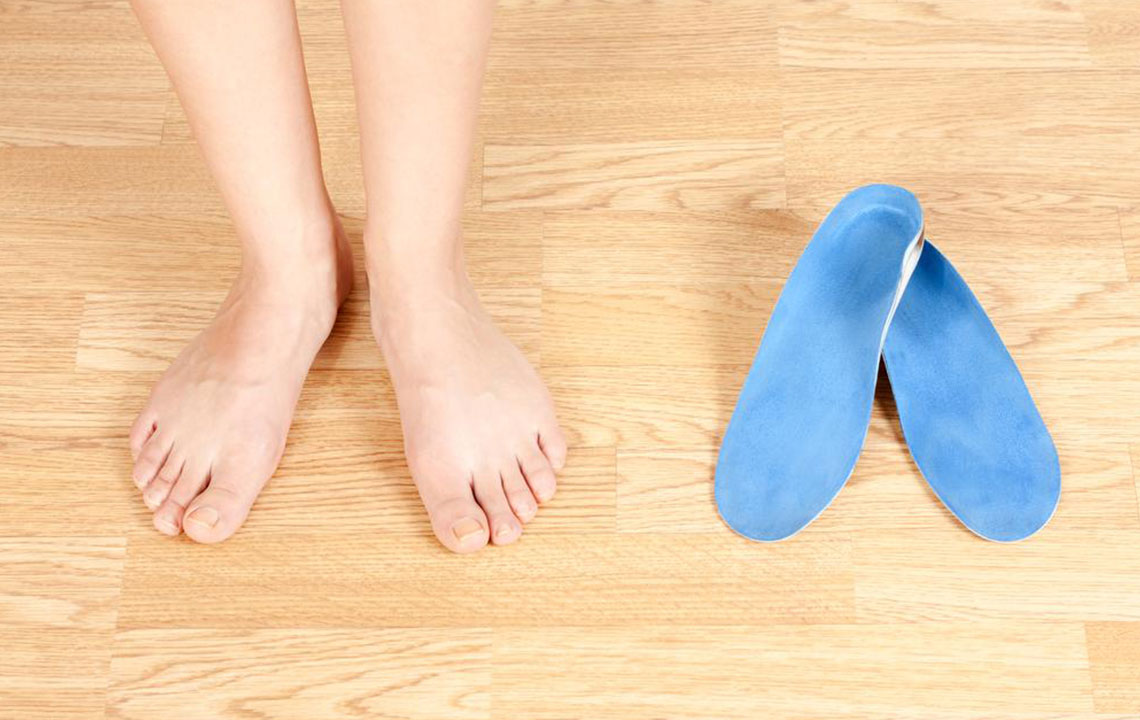Comprehensive Guide to Using Insoles for Effective Plantar Fasciitis Relief
Discover effective insoles designed to alleviating plantar fasciitis pain. Learn how custom orthotics, shock absorption, and foot correction can improve comfort, reduce heel pain, and support foot health. Ideal for athletes and daily workers, this guide offers practical solutions and expert tips to manage plantar fasciitis effectively and prevent future issues.

Comprehensive Guide to Using Insoles for Effective Plantar Fasciitis Relief
Foot health is an essential aspect of overall well-being, yet foot injuries and conditions often go unnoticed until they cause significant discomfort or impair daily activities. Among these, plantar fasciitis stands out as one of the most common and bothersome foot ailments affecting millions worldwide. Maintaining strong, healthy feet is vital. With the rising prevalence of plantar fasciitis, especially among active individuals and older adults, understanding the role of supportive footwear, particularly insoles, becomes crucial in managing and alleviating pain.
In this comprehensive guide, we will delve into what plantar fasciitis entails, its symptoms, risk factors, and most importantly, how specially designed insoles can serve as an effective solution to relieve pain and improve foot function. Whether you are an athlete, a worker who spends long hours on your feet, or someone experiencing discomfort during daily routines, this article offers valuable insights into the best insole options for you.
Understanding Plantar Fasciitis
Plantar fasciitis is an inflammatory condition affecting the plantar fascia—a thick band of fibrous tissue running along the bottom of your foot, connecting the heel bone to the toes. This ligament plays a crucial role in supporting the arch of the foot and absorbing shock during movement. When overstressed or inflamed, it leads to the classic symptoms of heel pain and discomfort.
The typical presentation of plantar fasciitis includes a stabbing or burning pain in the bottom of the heel, often most intense in the morning or after prolonged periods of rest. As you start moving, the pain tends to lessen but can return after extended standing, walking, or physical activity. For many, the discomfort can persist throughout the day, affecting overall mobility and quality of life.
Various factors contribute to the development of plantar fasciitis, including repetitive strain, mechanical issues, and lifestyle elements. These include overuse from physical activities like running or jumping, wearing unsupportive footwear, excessive body weight, and structural foot abnormalities such as flat feet or high arches. Additionally, conditions like arthritis or sudden increases in physical activity can aggravate the symptoms.
In individuals affected, proper intervention—including the use of specific insoles—can provide substantial relief, helping to restore comfort and prevent the progression of the condition.
Benefits of Using Specialized Insoles for Plantar Fasciitis
While standard insoles or orthotic inserts are common, they often fall short of providing the targeted support needed for plantar fasciitis management. Custom or specially designed insoles versatile in their support features offer significant benefits, such as:
Evenly Distributing Foot Pressure: Custom insoles help shift weight away from the painful heel region, distributing it more evenly across the entire foot. This reduces localized pressure and alleviates stress on the plantar fascia.
Shock Absorption: Using materials like gel, foam, or cork, insoles cushion impact forces when walking, running, or standing, protecting sensitive tissues and reducing inflammation.
Correcting Pronation and Foot Alignment: Many cases of plantar fasciitis are linked to overpronation—excessive inward rolling of the foot. Proper insoles help realign the feet and ankles, minimizing strain on the plantar fascia.
Hygiene and Bacterial Control: Some insoles are designed with antimicrobial properties, helping prevent bacterial growth and odor, which is especially beneficial for individuals who sweat heavily.
Enhanced Comfort and Support: Well-designed insoles provide additional cushioning, reducing fatigue and making walking less painful.
Choosing the right insole involves considering several factors, such as your foot shape (high arch, flat foot), activity level, and personal comfort preferences. Insoles come in various materials, including foam, gel, leather, and cork, each providing different support and cushioning levels. Many insoles are customizable or trim-able, ensuring a snug fit within your footwear.
Properly fitted insoles serve as an essential part of a comprehensive treatment plan, which may also include physical therapy, stretching exercises, and lifestyle modifications. Avoiding hard surfaces, reducing excessive standing, and practicing gentle foot stretches can also diminish strain on the plantar fascia. In more severe cases, medical interventions like corticosteroid injections or minimally invasive procedures might be necessary under professional supervision.
Insoles are an affordable, accessible way to manage plantar fasciitis at home. They come in various styles, tailored to different needs, and professional fitting services can help you select the best support for your condition. Regular replacement and proper care of insoles ensure continued effectiveness and foot health improvement.
In conclusion, understanding the significance of supportive footwear, especially insoles designed for plantar fasciitis, can dramatically improve quality of life by alleviating foot pain and preventing further injury. With the right insoles combined with proper footwear habits and medical advice, many individuals find lasting relief and restored mobility.





